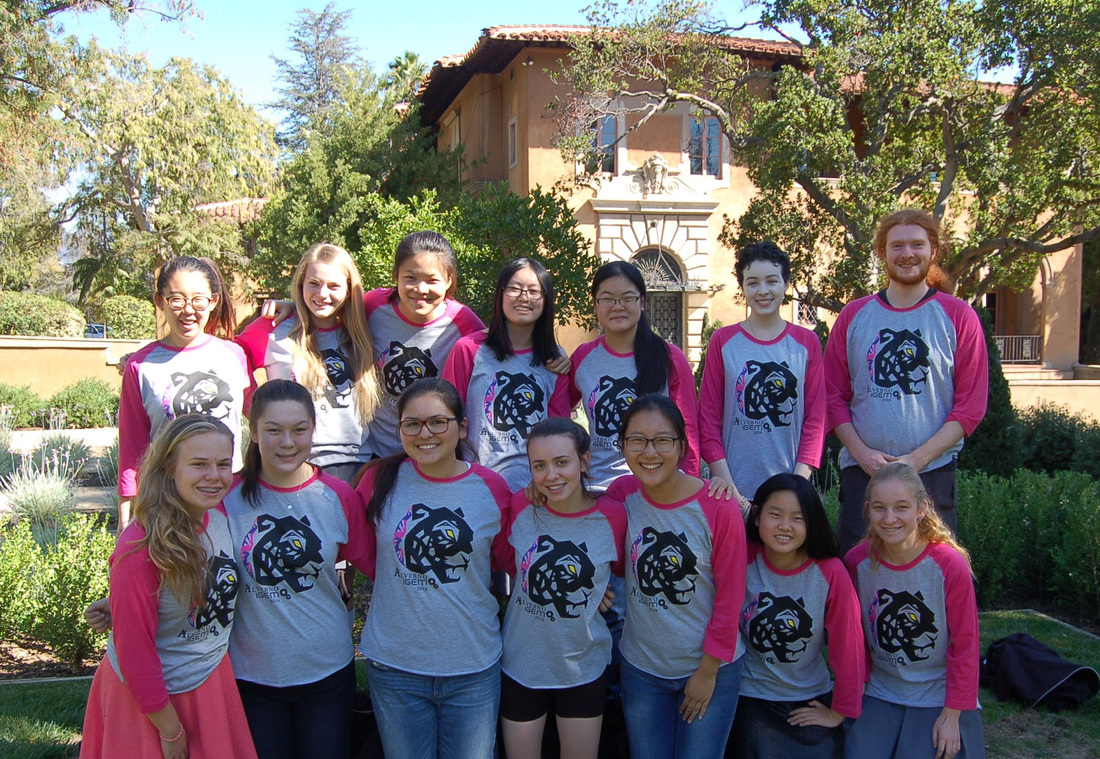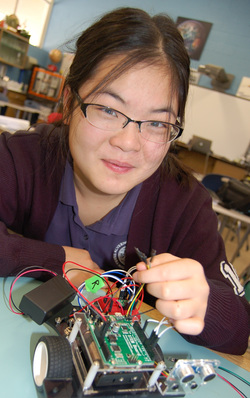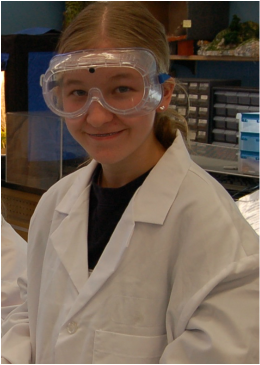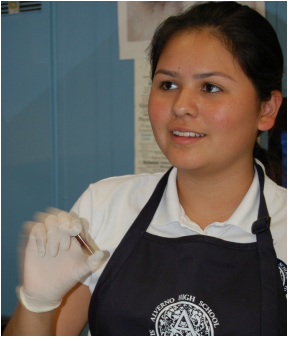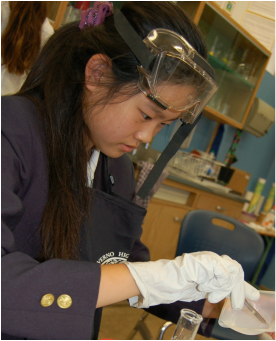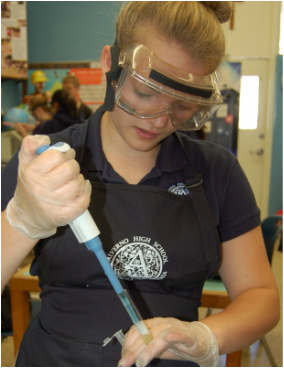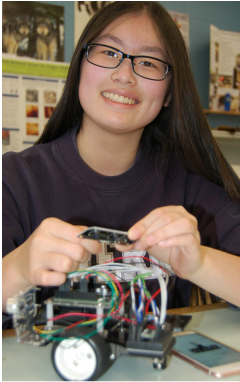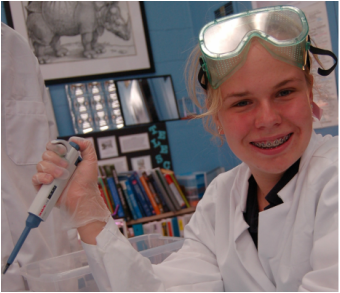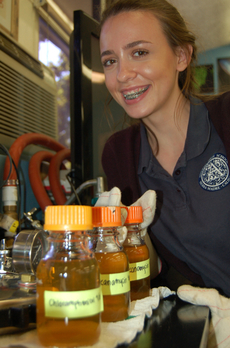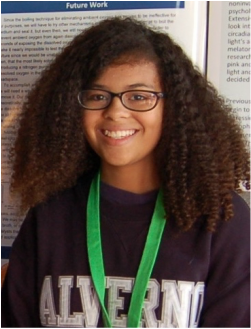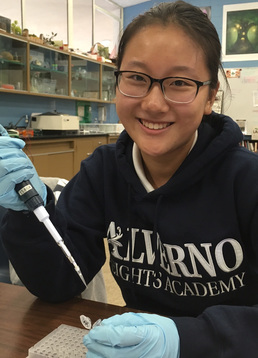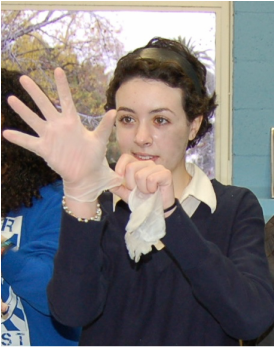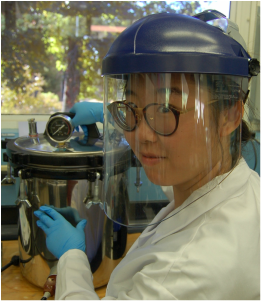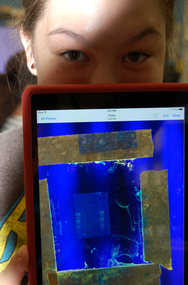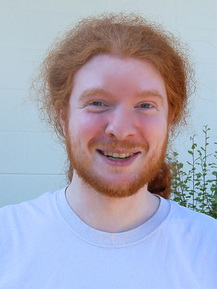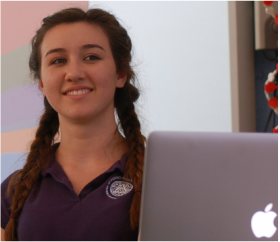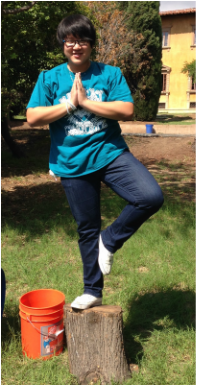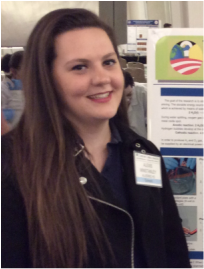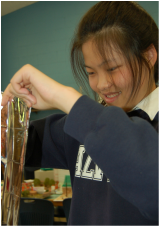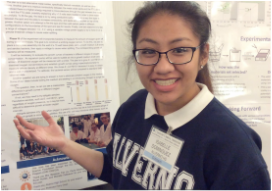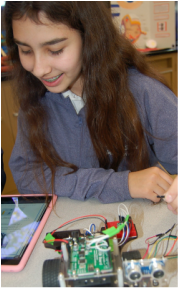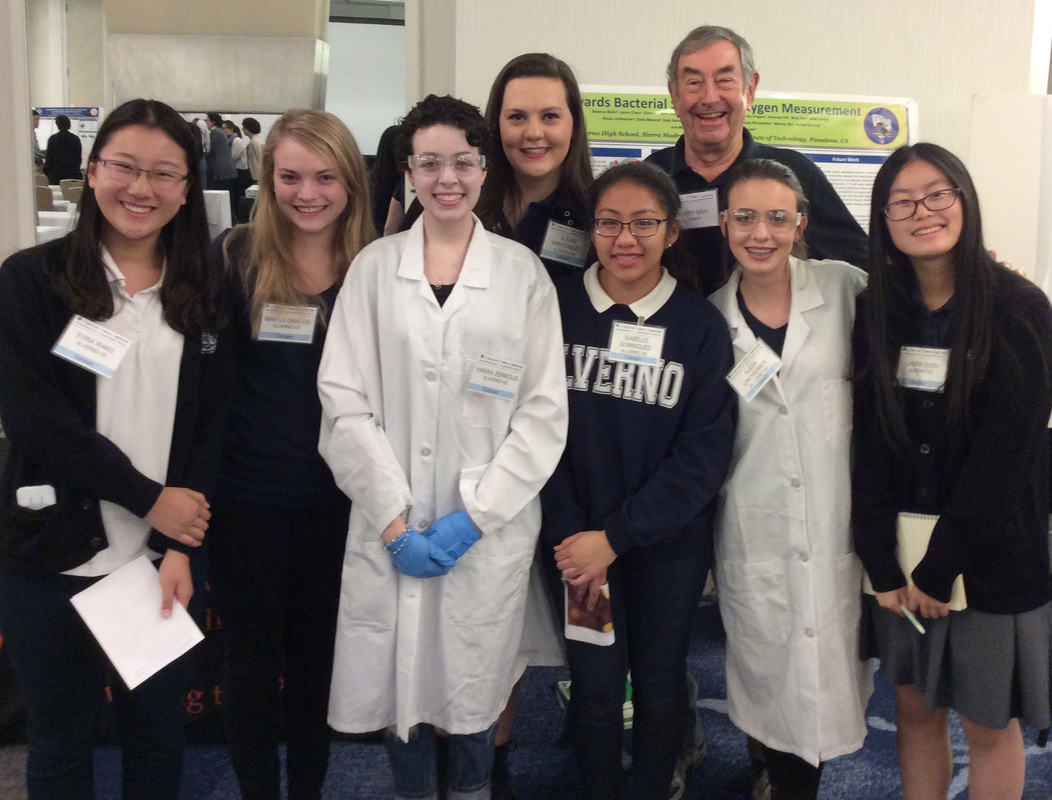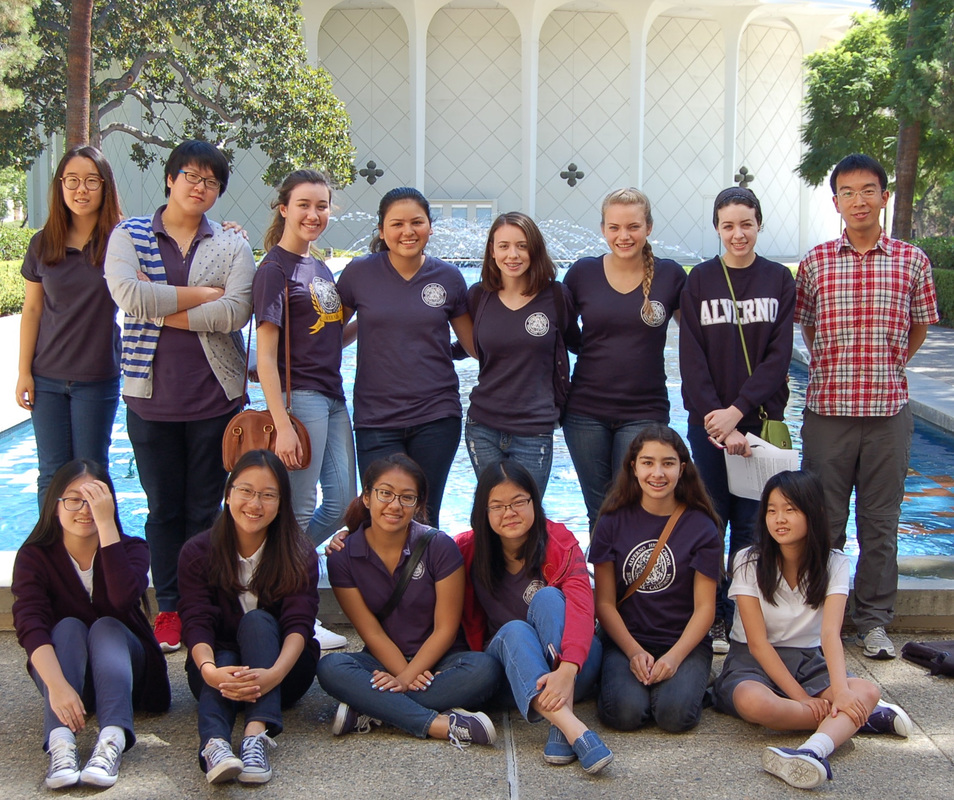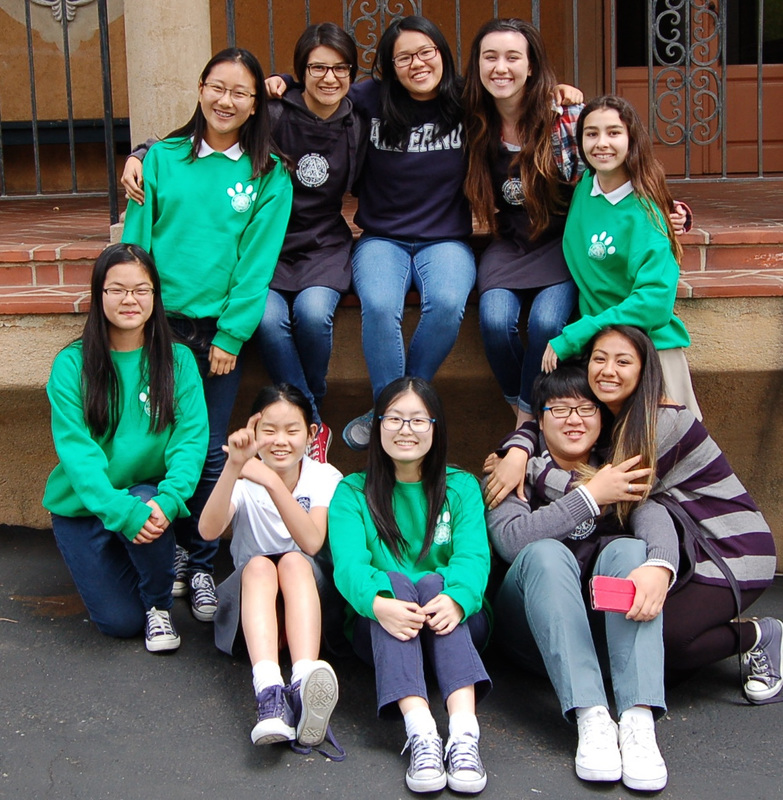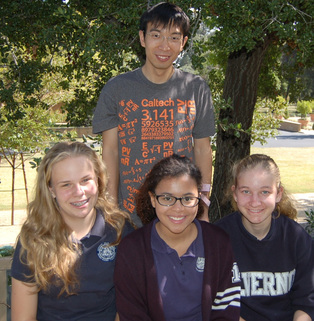meet the team
Alverno Heights Academy (High School) iGEM 2016 team is made up of students who are passionate about science. The all-girl team ranges in age from 14 - 18 yrs old. Whether they are members of Alverno's Accelerated Honors Academy for Gifted Girls, or HS Seniors ready to go to college, their enthusiasm and curiosity are contagious.
Alverno girls are no strangers to research, and have participated in Caltech's Solar Army SEAL Team, Summer SEAL Research at Caltech, and individual research projects. With many awards in academics and sports, they are a multi-talented group, who hail from Sierra Madre and neighboring cities, such as Pasadena, Monrovia, San Gabriel, Altadena, Glendora, Rowland Heights, Temple City, and Arcadia.
Alverno girls are no strangers to research, and have participated in Caltech's Solar Army SEAL Team, Summer SEAL Research at Caltech, and individual research projects. With many awards in academics and sports, they are a multi-talented group, who hail from Sierra Madre and neighboring cities, such as Pasadena, Monrovia, San Gabriel, Altadena, Glendora, Rowland Heights, Temple City, and Arcadia.
The Solar Energy Activity Laboratory (SEAL), headed by Professor Harry Gray of Caltech, offers high school and college students the opportunity to participate in scientific research aimed at discovering new metal oxide semiconductors with photoelectrochemical water-splitting activity. By using sunlight to split water into hydrogen and oxygen, using inexpensive, earth-abundant materials, the goal is to develop a storable, clean fuel, accessible to everyone. To support the students’ research, a Caltech mentor visits Alverno Heights Academy weekly to work with the team and provide guidance. This experience, along with other research opportunities, has allowed the students to hone their research skills, including the ability to develop scientific research questions, perform literature searches, and to develop creative strategies and problem-solving skills.
In 2014-15, the team worked on the “coffee-ring effect”, a phenomenon where the particles in a liquid move to the perimeter of a drop as it dries. They were successfully able to significantly lessen the coffee-ring effect by causing the particles to distribute more evenly across the area of the drops, deposited on a FTO glass plate, during drying. This was achieved by placing an array of glass balls (of approximately the same diameter as the drops), lined up on top of the individual spots, while drying on a hot plate. The Alverno SEAL team presented their results at SEALCon in May 2015.
This year, the team has grown in size, due to its popularity, and chosen to explore a wider range of questions. The first investigation is the structural difference between metal oxide spots that are good electrolyzers of water and those that are not. They discovered, by examining Atomic Force Microscopy images of the spots, that there appears to be a crystalline structure difference between the two, chemically identical, spots. They will continue to refine techniques which can consistently achieve the “good” spots.
The SEAL team is also exploring the use of bacteria as oxygen sensors to evaluate the water-splitting capability of various catalysts. The team successfully presented the concept and their progress in the poster session of the CCI Solar Fuels Conference in February 2016.
Other questions that the team is working on are the discovery of electrode materials which will resist corrosion in acidic electrolytes, and the creation of methanol by reducing carbon dioxide.
In 2014-15, the team worked on the “coffee-ring effect”, a phenomenon where the particles in a liquid move to the perimeter of a drop as it dries. They were successfully able to significantly lessen the coffee-ring effect by causing the particles to distribute more evenly across the area of the drops, deposited on a FTO glass plate, during drying. This was achieved by placing an array of glass balls (of approximately the same diameter as the drops), lined up on top of the individual spots, while drying on a hot plate. The Alverno SEAL team presented their results at SEALCon in May 2015.
This year, the team has grown in size, due to its popularity, and chosen to explore a wider range of questions. The first investigation is the structural difference between metal oxide spots that are good electrolyzers of water and those that are not. They discovered, by examining Atomic Force Microscopy images of the spots, that there appears to be a crystalline structure difference between the two, chemically identical, spots. They will continue to refine techniques which can consistently achieve the “good” spots.
The SEAL team is also exploring the use of bacteria as oxygen sensors to evaluate the water-splitting capability of various catalysts. The team successfully presented the concept and their progress in the poster session of the CCI Solar Fuels Conference in February 2016.
Other questions that the team is working on are the discovery of electrode materials which will resist corrosion in acidic electrolytes, and the creation of methanol by reducing carbon dioxide.
|
|
|
